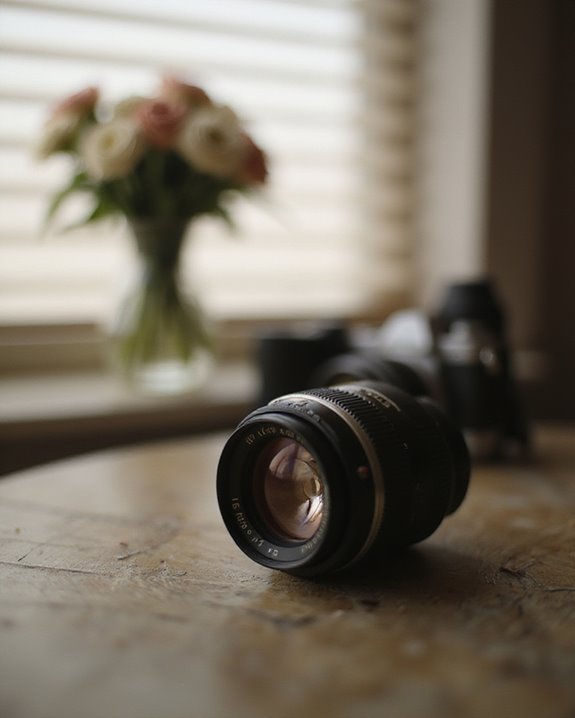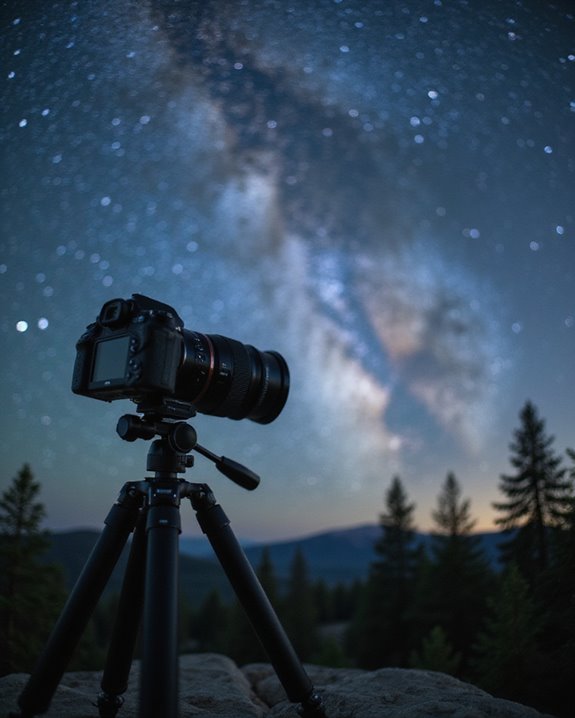A “soft” camera lens produces images that lack crisp detail and sharpness, exhibiting reduced contrast and subtle blurriness even when properly focused. This softness can result from optical design limitations, manufacturing defects, autofocus misalignment, or environmental factors like camera shake. While technically undesirable in most situations, intentional softness creates flattering effects in portrait and fashion photography by minimizing skin imperfections. Photographers can test their lenses using controlled conditions with high-contrast targets to determine whether softness stems from fixable issues or inherent lens characteristics.
Key Takeaways
- A soft lens produces images with reduced contrast and sharpness while maintaining basic edge definition.
- Lens softness can be intentional for artistic effect or unintentional due to manufacturing defects or focusing errors.
- Soft lenses are often valued in portrait photography for creating flattering skin tones by minimizing texture details.
- Controlled spherical aberration is the technical basis for lens softness, causing light rays to converge imperfectly.
- Testing lens softness requires tripod-mounted shots at various apertures to examine center and corner resolution patterns.
Understanding Lens Softness in Photography
When photographers discuss the quality of their images, the concept of lens softness frequently emerges as both a technical consideration and an artistic choice. Lens softness refers to the intentional or unintentional reduction of fine detail contrast without eliminating edge definition, creating a diffused appearance rather than uniform blur. This characteristic has a rich historical context, dating back to early cinema when soft focus was deliberately employed to create glamorous, ethereal effects for portraits and artistic compositions.
The scientific basis for soft focus lies in controlled spherical aberration, where light rays converge at slightly different points rather than at a precise focal plane. Understanding this optical phenomenon helps photographers distinguish between intentional softness—valued in portrait and fashion photography for its flattering properties—and unintentional softness resulting from lens defects or focusing errors. Additionally, certain portrait lenses are specifically designed to produce pleasing levels of softness for flattering skin tones and smooth backgrounds.
Common Causes of Soft Images
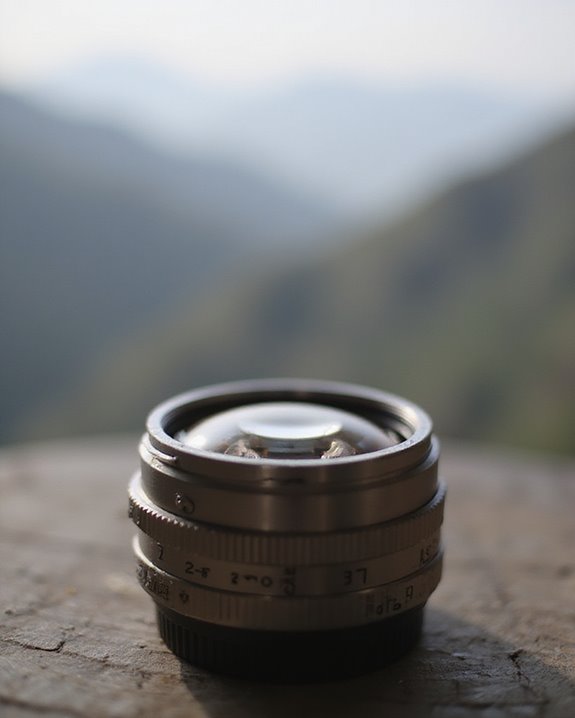
The diagnosis of image softness requires understanding the many technical and environmental factors that can compromise sharpness in photography. Autofocus misalignment remains one of the most prevalent issues, manifesting as consistent front or back focusing errors that produce images where unintended elements appear sharper than the subject. Camera systems may develop this problem through sensor misalignments, improper calibration, or worn lens motors that fail to achieve precise focus.
Shutter vibration represents another significant culprit, particularly in DSLR systems where mirror slap creates micro-movements during exposure. This effect becomes pronounced at certain shutter speeds, typically between 1/15 and 1/60 second, and can be exacerbated by poor handholding technique or insufficient stabilization. Environmental factors like atmospheric haze, heat distortion, and backlighting further compound these technical challenges by reducing contrast needed for accurate focusing.
How to Test Your Lens for Softness
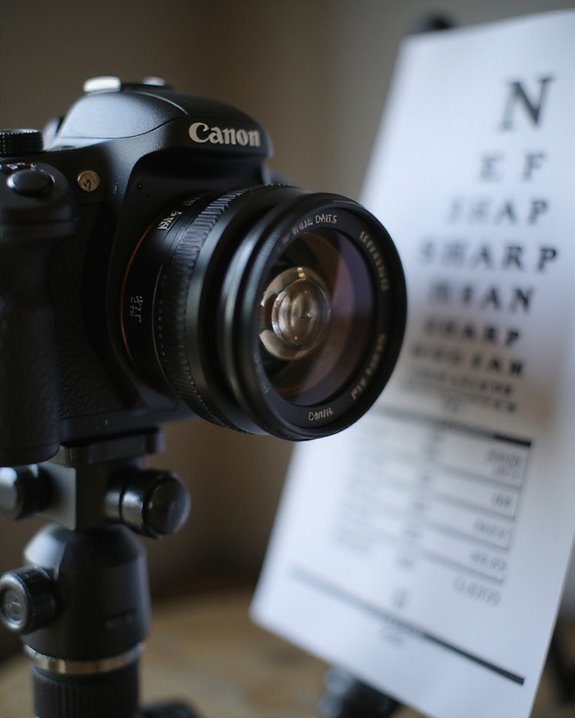
Determining whether a lens suffers from inherent softness issues requires implementing a rigorous, systematic testing process that eliminates other potential sources of image degradation. Photographers should begin by setting up a stable tripod to eliminate camera movement, positioning the camera perfectly perpendicular to a high-contrast test target in controlled lighting conditions.
The testing procedure involves capturing multiple exposures at varying apertures (f/2.8 through f/16) with the lowest native ISO adjustment to minimize noise interference. At least 60 shots per setting should be taken to account for autofocus variability, with RAW format preferred to avoid in-camera processing effects. Analysis should include examining 100% crops from both center and corner regions, comparing resolution patterns, and measuring contrast differences across the frame. This methodical approach distinguishes genuine lens softness from technique-related issues like camera shake or incorrect focus.
The Difference Between Technical Softness and Artistic Soft Focus
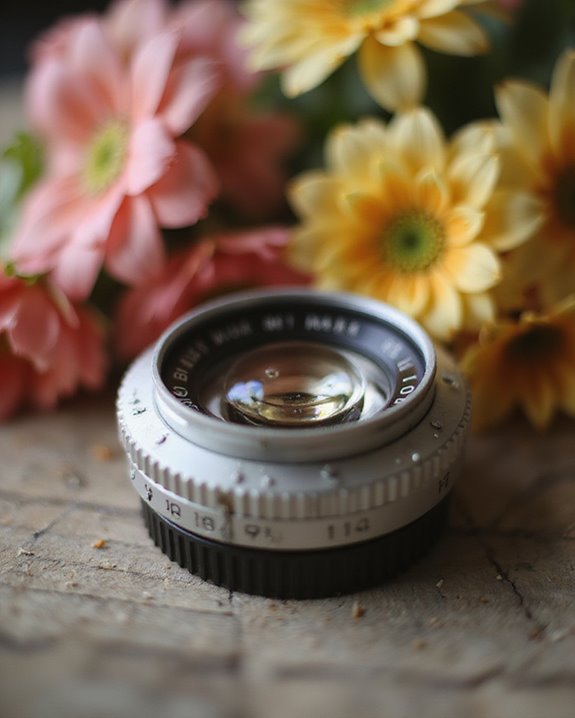
Understanding the difference between technical softness and artistic soft focus requires photographers to recognize distinct optical characteristics that separate undesirable flaws from intentional creative effects. Technical softness typically stems from manufacturing defects, optical aberrations, or improper focusing, resulting in an overall degradation of image quality. In contrast, artistic soft focus deliberately introduces controlled spherical aberration that maintains edge definition while softening fine details.
The distinction often involves Subjective Interpretation, as what appears as a flaw to one photographer may align with another’s Creative Intentions. Professional photographers examine MTF charts to identify unintentional lens softness, while deliberately employing soft focus techniques for portraiture to create flattering, ethereal qualities. This intentional softness serves visual storytelling purposes by evoking specific moods or creating dreamlike atmospheres, particularly in portrait photography and narrative filmmaking.
Techniques to Improve Lens Sharpness

While artistic soft focus serves creative purposes, photographers frequently encounter situations where maximizing lens sharpness becomes the primary objective. Achieving maximum sharpness involves multiple technical approaches across several categories of optimization. Proper aperture selection typically means shooting 2-3 stops down from maximum aperture, where lenses perform at their “sweet spot” while avoiding diffraction from excessively small apertures. Stabilization techniques, including tripods and image stabilization systems, directly combat motion blur. Precise focus calibration, utilizing single-point AF or manual override, guarantees critical sharpness at the intended focal plane. Environmental factors can be mitigated through lens hoods, proper cleaning, and shooting in favorable conditions. Post-capture solutions employ Sharpening Filters and Deconvolution Methods, with applications like Topaz AI and Piccure+ offering powerful algorithms that can recover details from technically soft images through targeted enhancement of microcontrast and edge definition. Additionally, selecting high-quality lenses with superior optical designs, such as Sony G Master or Sigma Art series, can significantly reduce the chances of softness in your images.
When Lens Softness Can Be Beneficial
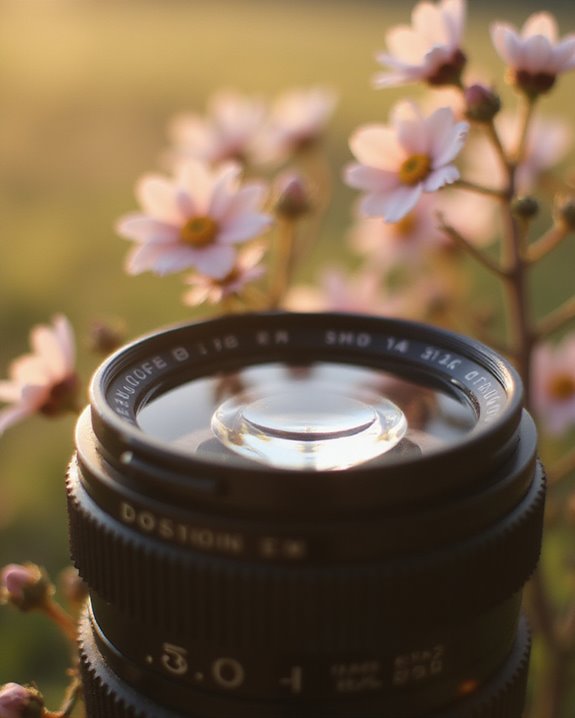
Why would photographers deliberately seek out softness when most technical discussions fixate on achieving maximum sharpness? The answer lies in aesthetic intention rather than technical limitation. Soft focus photography creates dreamy, ethereal qualities that enhance certain subjects and scenes, particularly in portraits where skin imperfections become less prominent. Additionally, the unique optical formulas of vintage lenses like Zeiss Tessar or Leica Elmar often produce distinctive flare and character in images, further contributing to the appeal of softness. In nature photography, lens softness transforms high-contrast scenes into more serene compositions through Foliage Enhancement, allowing complex textures of dense vegetation to appear more cohesive and less visually overwhelming. This technique simplifies busy elements while maintaining the overall mood of the scene. Similarly, capturing Misty Atmospheres benefits from soft focus techniques, as the reduced contrast complements the natural diffusion of light in foggy conditions, enhancing the mystical quality of the environment. Photographers can control this effect through specialized lenses, filters, or wide aperture settings.
Frequently Asked Questions
Can Lens Softness Develop Over Time in Previously Sharp Lenses?
Yes, previously sharp lenses can develop softness over time due to aging effects like material degradation and mechanical stress. Regular maintenance tips include proper cleaning, storage in protective cases, and avoiding environmental extremes.
Do Weather Conditions Like Humidity Affect Lens Softness Permanently?
Nearly 75% of fungal damage occurs in regions exceeding 70% humidity. Humidity Effects typically don’t cause permanent softness unless fungal growth etches glass surfaces. Climate Impact primarily threatens lenses through long-term storage in damp conditions.
How Does Lens Softness Differ Between Prime and Zoom Lenses?
Prime lenses typically offer superior sharpness due to simpler optical designs. Zoom variations often exhibit more softness, particularly at extreme focal lengths, though high-end zooms can approach prime differences in image quality with advanced elements.
Can Software Corrections Fully Compensate for a Soft Lens?
“You can’t make a silk purse out of a sow’s ear.” Software corrections cannot fully compensate for soft lenses due to software limitations. Correction drawbacks include artifacts and inability to restore inherently missing optical information.
Is Lens Softness More Noticeable in Certain Photography Genres?
Lens softness is more apparent in genres requiring sharp details, such as Street Photography, which demands crisp urban textures, and Wildlife Captures, where fine features like animal fur and feathers can appear disappointingly blurred.

